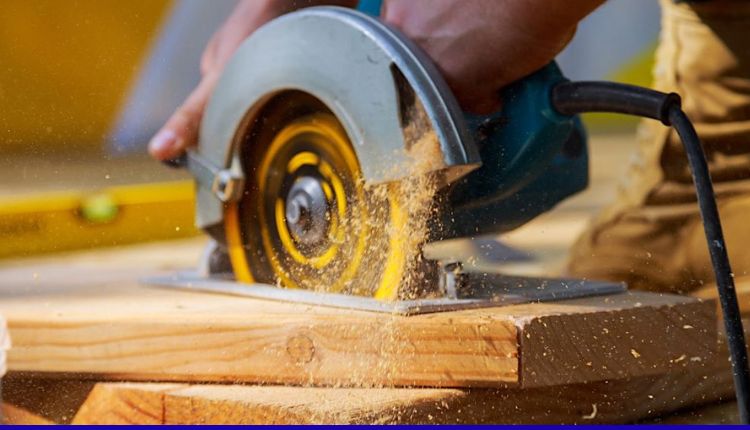Saws are powerful tools that make tough jobs easier, but they also come with serious risks. One wrong move can lead to accidents, injuries, or even worse consequences. When using a chainsaw, table saw, or circular saw, following safety rules is crucial. By understanding and applying these guidelines, you can keep yourself and others safe while completing the task efficiently. Let’s look at the most important rules every operator should know.
Always Wear Safety Equipment
Before picking up a saw, make sure you’re properly equipped. Chainsaw Safety starts with the right gear, including gloves, safety glasses, ear protection, and steel-toed boots. These items protect you from flying debris, loud noise, and accidental slips.
Wearing long sleeves and durable pants also adds an extra layer of protection. Never assume that a quick job doesn’t require gear; accidents happen when you least expect them. Making safety equipment a habit can prevent injuries and save lives.
Inspect Your Saw Before Every Use
Never start a cutting job without checking your tool first. Look for signs of damage, loose parts, or dull blades. A damaged saw is dangerous because it can malfunction mid-cut, causing serious harm.
For powered saws, make sure the cords, batteries, or fuel systems are in good condition. If something feels off, don’t take chances; get it fixed before use. This simple step ensures smooth operation and reduces the risk of accidents.
Maintain a Stable Work Area
Your work environment matters as much as the tool itself. A cluttered or unstable surface can cause slips and falls while operating a saw. Always keep the area clean and free from unnecessary objects.
Ensure your material is securely in place before cutting. Using clamps or a solid workbench helps prevent movement during operation. Stability provides better control and reduces the likelihood of the saw kicking back unexpectedly.
Use Proper Cutting Methods
Good technique is key to safety. Always use two hands on the saw for maximum control. Keep your body balanced and avoid positioning yourself directly in the path of the blade. Practicing this regularly helps build confidence and reduces the risk of accidents.
Cut slowly and steadily; rushing increases mistakes. If the saw feels stuck, don’t force it. Turn it off, check for obstructions, and start again carefully. Remember, controlled movements are safer and produce better results. Patience during cutting improves safety and extends the tool’s lifespan.
Stay Alert and Avoid Distractions
Saws demand your full attention. Distractions, such as phone calls, conversations, or even fatigue, can lead to accidents. Always stay focused when operating a saw.
Take breaks if you feel tired, and never use a saw under the influence of alcohol or medication that affects alertness. Being alert helps you react quickly in the event of an emergency. Combining awareness with good habits ensures maximum safety during every cut.
Operating saws comes with risks, but those risks can be managed by following the right precautions. From wearing protective gear to using proper techniques, every safety step matters. Practicing these habits consistently will help you avoid accidents and complete projects with confidence. Be it basic cutting or heavy-duty jobs, Chainsaw Safety principles remind us that careful preparation is the key to safe and successful work.






